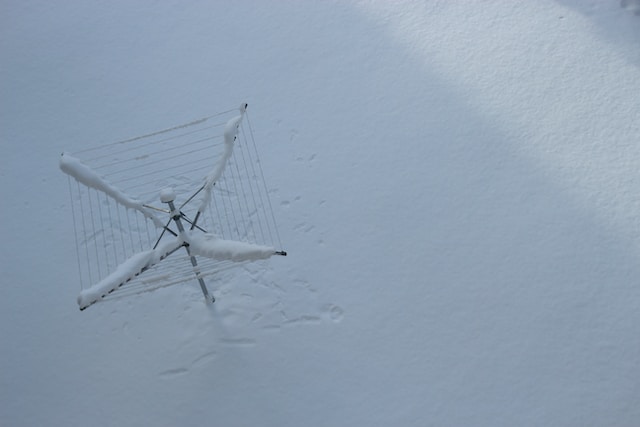Introduction: Europe’s glaciers are in a state of crisis, with their rapid melting posing dire consequences for the region and beyond. As global temperatures continue to rise due to climate change, these once-majestic ice formations are receding at an alarming rate. The repercussions of glacier melting extend far beyond the loss of picturesque landscapes,
Introduction:
Europe’s glaciers are in a state of crisis, with their rapid melting posing dire consequences for the region and beyond. As global temperatures continue to rise due to climate change, these once-majestic ice formations are receding at an alarming rate. The repercussions of glacier melting extend far beyond the loss of picturesque landscapes, as they impact ecosystems, water resources, and the delicate balance of our planet. This article delves into the dire consequences of Europe’s glacier melting and highlights the urgent need for action to mitigate the effects of climate change.
1. Vanishing Water Towers:
Europe’s glaciers act as natural water towers, storing vast amounts of freshwater. As they melt, this water is released into rivers, sustaining ecosystems and providing a reliable water supply for communities downstream. However, the rapid melting of glaciers threatens this crucial water source. The decline in glacial mass not only leads to reduced water availability during dry periods but also contributes to an increased risk of floods when large volumes of water are released suddenly. The consequences are severe, impacting agriculture, energy production, and the livelihoods of millions of people who depend on glacier-fed rivers.
2. Rising Sea Levels:
The melting of Europe’s glaciers contributes to the rising sea levels, endangering coastal communities and low-lying areas. As glaciers melt and discharge water into the oceans, sea levels steadily increase, posing a significant threat to vulnerable regions. Coastal erosion, increased storm surges, and saltwater intrusion into freshwater sources are just some of the consequences of rising sea levels. These changes have profound implications for human settlements, infrastructure, and the overall stability of coastal ecosystems.
3. Disrupted Ecosystems:
Europe’s glaciers support unique ecosystems that are adapted to the cold and harsh conditions of high-altitude environments. As glaciers retreat, these ecosystems are disrupted, leading to a loss of specialized flora and fauna. Species that are specifically adapted to these cold habitats may struggle to survive or face challenges in finding suitable alternative habitats. The loss of biodiversity can have cascading effects on entire ecosystems, impacting the delicate balance of nature.
4. Amplifying Climate Change:
The melting of Europe’s glaciers exacerbates climate change through various feedback loops. Glaciers reflect sunlight, helping to cool the surrounding areas. As they disappear, dark surfaces, such as rocks and soil, are exposed, which absorb more heat, leading to further warming. This process, known as the albedo effect, contributes to a positive feedback loop, accelerating the rate of global warming. Additionally, the melting of glaciers releases trapped greenhouse gases, such as methane, further amplifying climate change.
5. Cultural and Touristic Losses:
Europe’s glaciers hold significant cultural and touristic value. They have captivated explorers, artists, and tourists for centuries, shaping local identities and economies. The loss of these majestic ice formations not only represents the disappearance of natural beauty but also a loss of cultural heritage and a decline in tourism revenue. Preserving these glaciers is crucial for maintaining cultural traditions, supporting local economies, and ensuring the continuation of vibrant mountain communities.
Conclusion:
The dire consequences of Europe’s glacier melting demand urgent action. The impacts reach far beyond the physical disappearance of these majestic ice formations. Ecosystem disruptions, water scarcity, rising sea levels, amplified climate change, and cultural losses are just some of the dire consequences we face. Addressing the root causes of climate change, reducing greenhouse gas emissions, and implementing sustainable practices are crucial steps in mitigating these effects. The race to protect Europe’s glaciers is not just about preserving natural wonders but also about safeguarding our future and ensuring a sustainable planet for generations to come. The time to act is now, before the consequences become irreversible.

















Leave a Comment
Your email address will not be published. Required fields are marked with *